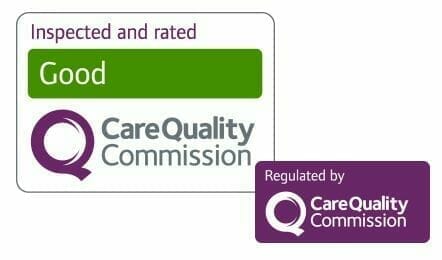Orthopaedic disorders can be categorised into several types, including degenerative joint diseases, traumatic injuries, shoulder disorders, spinal disorders, hand and wrist disorders, hip disorders, knee disorders, and foot and ankle disorders. Some of the most common orthopaedic disorders include osteoarthritis, rheumatoid arthritis, fractures, ligament tears, muscle or tendon tears, rotator cuff tears, herniated discs, carpal tunnel syndrome, knee osteoarthritis, and plantar fasciitis. These disorders can cause pain, inflammation, and limited mobility, and may require medical treatment or surgery.



